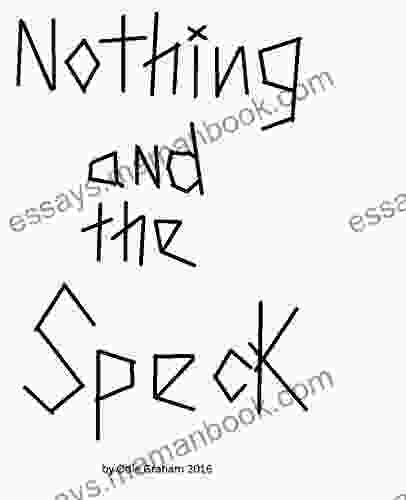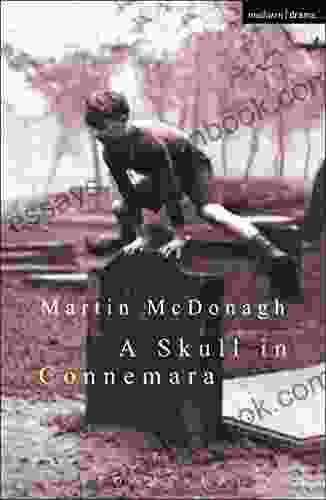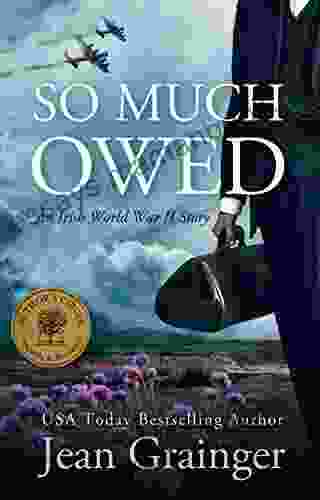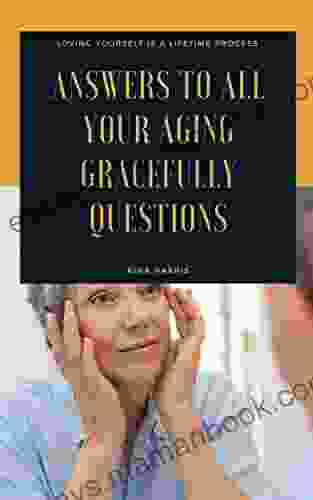Reader Text and Context: Unlocking the Power of Meaningful Engagement

In the realm of written communication, the relationship between reader text and context plays a pivotal role in shaping the meaning and impact of any written work. Reader text refers to the cognitive processes and mental representations that readers construct while interacting with a text, while context encompasses the broader environment and circumstances that influence the reader's interpretation and understanding of the text.
5 out of 5
| Language | : | English |
| File size | : | 101 KB |
| Text-to-Speech | : | Enabled |
| Screen Reader | : | Supported |
| Enhanced typesetting | : | Enabled |
| Word Wise | : | Enabled |
| Print length | : | 19 pages |
| Lending | : | Enabled |
The Importance of Context
Context is crucial in shaping the way readers perceive and interpret a text. It provides the necessary framework for understanding the text's purpose, tone, and message. Contextual factors such as the author's background, the time and place of writing, and the intended audience all contribute to the reader's comprehension and interpretation.
For instance, consider a historical document written in the 19th century. Without an understanding of the historical context, including the social and political norms of the time, readers may struggle to fully grasp the text's significance and meaning. By providing relevant contextual information, authors can help readers make sense of complex texts and draw meaningful connections.
The Role of Reader Text
Reader text is not simply a passive reception of the author's words. Instead, it is an active process involving cognitive engagement, critical thinking, and meaning-making. Readers draw upon their own knowledge, experiences, and beliefs to construct mental representations of the text they encounter.
This process of constructing reader text is influenced by factors such as the reader's prior knowledge about the topic, their reading purpose, and their cognitive abilities. The interaction between reader text and context ultimately shapes the reader's interpretation and understanding of the text.
Meaning-Making and Engagement
The interplay between reader text and context creates a dynamic relationship that drives the process of meaning-making. This process is not linear or static but rather involves a continuous interplay between the text and the reader's existing knowledge and experiences.
When readers are able to connect the text to their own lives and prior knowledge, they are more likely to engage with the material and derive meaning from it. This engagement is essential for fostering critical thinking, developing understanding, and making informed decisions.
Strategies for Meaningful Engagement
Authors can adopt several strategies to enhance reader engagement and promote meaningful understanding.
1. Provide Contextual Information:
Authors should provide sufficient contextual information to help readers understand the text's purpose, background, and intended audience. This information can be incorporated through introductory paragraphs, footnotes, or additional materials that supplement the main text.
2. Use Clear and Accessible Language:
Written communication should be clear, concise, and accessible to the target audience. Authors should avoid jargon and technical terms that may hinder comprehension. Using familiar language and providing definitions or explanations when necessary can enhance reader engagement and facilitate meaning-making.
3. Engage Readers' Prior Knowledge:
Authors can connect the text to readers' prior knowledge and experiences to foster meaningful engagement. By referencing shared knowledge or relating the text to familiar concepts, authors can bridge the gap between the text and the reader's own understanding.
4. Encourage Active Reading:
Active reading techniques, such as highlighting, note-taking, and annotating, can help readers engage with the text more deeply. By encouraging readers to interact with the material and make their own connections, authors can enhance comprehension and promote critical thinking.
The relationship between reader text and context is fundamental to the process of meaning-making in written communication. Authors can harness the power of meaningful engagement by providing contextual information, using clear and accessible language, engaging readers' prior knowledge, and encouraging active reading. By fostering a dialogue between the text and the reader's own experiences and understanding, authors can create compelling content that resonates with the audience and leaves a lasting impact.
5 out of 5
| Language | : | English |
| File size | : | 101 KB |
| Text-to-Speech | : | Enabled |
| Screen Reader | : | Supported |
| Enhanced typesetting | : | Enabled |
| Word Wise | : | Enabled |
| Print length | : | 19 pages |
| Lending | : | Enabled |
Do you want to contribute by writing guest posts on this blog?
Please contact us and send us a resume of previous articles that you have written.
 Top Book
Top Book Novel
Novel Fiction
Fiction Nonfiction
Nonfiction Literature
Literature Paperback
Paperback Hardcover
Hardcover E-book
E-book Audiobook
Audiobook Bestseller
Bestseller Classic
Classic Mystery
Mystery Thriller
Thriller Romance
Romance Fantasy
Fantasy Science Fiction
Science Fiction Biography
Biography Memoir
Memoir Autobiography
Autobiography Poetry
Poetry Drama
Drama Historical Fiction
Historical Fiction Self-help
Self-help Young Adult
Young Adult Childrens Books
Childrens Books Graphic Novel
Graphic Novel Anthology
Anthology Series
Series Encyclopedia
Encyclopedia Reference
Reference Guidebook
Guidebook Textbook
Textbook Workbook
Workbook Journal
Journal Diary
Diary Manuscript
Manuscript Folio
Folio Pulp Fiction
Pulp Fiction Short Stories
Short Stories Fairy Tales
Fairy Tales Fables
Fables Mythology
Mythology Philosophy
Philosophy Religion
Religion Spirituality
Spirituality Essays
Essays Critique
Critique Commentary
Commentary Glossary
Glossary Bibliography
Bibliography Index
Index Table of Contents
Table of Contents Preface
Preface Introduction
Introduction Foreword
Foreword Afterword
Afterword Appendices
Appendices Annotations
Annotations Footnotes
Footnotes Epilogue
Epilogue Prologue
Prologue Rania Batayneh
Rania Batayneh Galen Anderson
Galen Anderson Junji Ito
Junji Ito B C Dockery
B C Dockery Patrick Phillips
Patrick Phillips Julie Checkoway
Julie Checkoway Benedikt Koehler
Benedikt Koehler Lawrence F Katz
Lawrence F Katz Fred E Basten
Fred E Basten Laurie Notaro
Laurie Notaro Rabindranath Tagore
Rabindranath Tagore Anita Frank
Anita Frank Jennifer L Green
Jennifer L Green Jason Schmetzer
Jason Schmetzer Alexander Stepanov
Alexander Stepanov Dudley Clarence Sturgis Iv
Dudley Clarence Sturgis Iv Dan Jurgens
Dan Jurgens Samuel P King
Samuel P King Brian Fried
Brian Fried Russell Madden
Russell Madden
Light bulbAdvertise smarter! Our strategic ad space ensures maximum exposure. Reserve your spot today!
 Rod WardFollow ·7.3k
Rod WardFollow ·7.3k Greg FosterFollow ·12.5k
Greg FosterFollow ·12.5k Dylan HayesFollow ·15.5k
Dylan HayesFollow ·15.5k Dominic SimmonsFollow ·19.8k
Dominic SimmonsFollow ·19.8k Eddie BellFollow ·11k
Eddie BellFollow ·11k Esteban CoxFollow ·11.6k
Esteban CoxFollow ·11.6k Beau CarterFollow ·5.6k
Beau CarterFollow ·5.6k Kevin TurnerFollow ·10.8k
Kevin TurnerFollow ·10.8k

 Dean Butler
Dean ButlerBlack Widow 2024: A Comprehensive Guide to Kelly...
In 2024, Marvel...

 Gage Hayes
Gage HayesNothing and the Speck: An In-Depth Analysis of Yana...
Yana Toboso's works, particularly the manga...

 Stan Ward
Stan WardThe Best American Poetry 1997: James Tate
The Best American Poetry...

 Corey Green
Corey GreenThe Chance of Home: Exploring the Poetic Landscape of...
Immerse yourself in the evocative world of...
5 out of 5
| Language | : | English |
| File size | : | 101 KB |
| Text-to-Speech | : | Enabled |
| Screen Reader | : | Supported |
| Enhanced typesetting | : | Enabled |
| Word Wise | : | Enabled |
| Print length | : | 19 pages |
| Lending | : | Enabled |
















